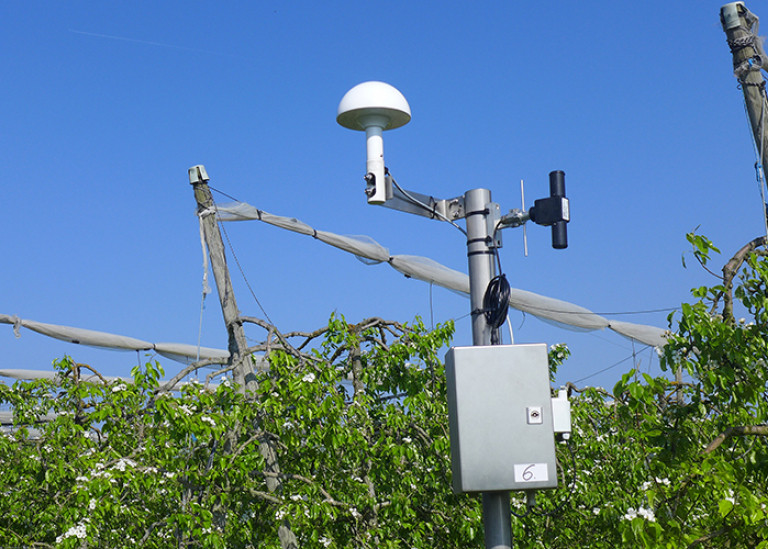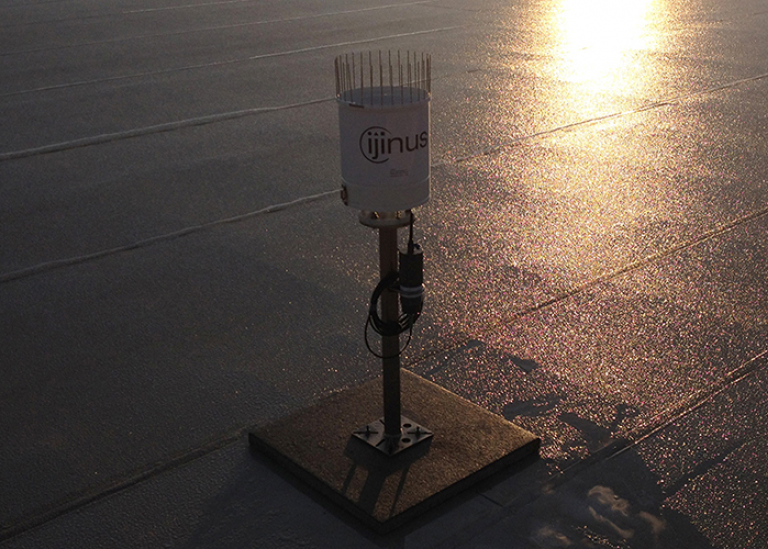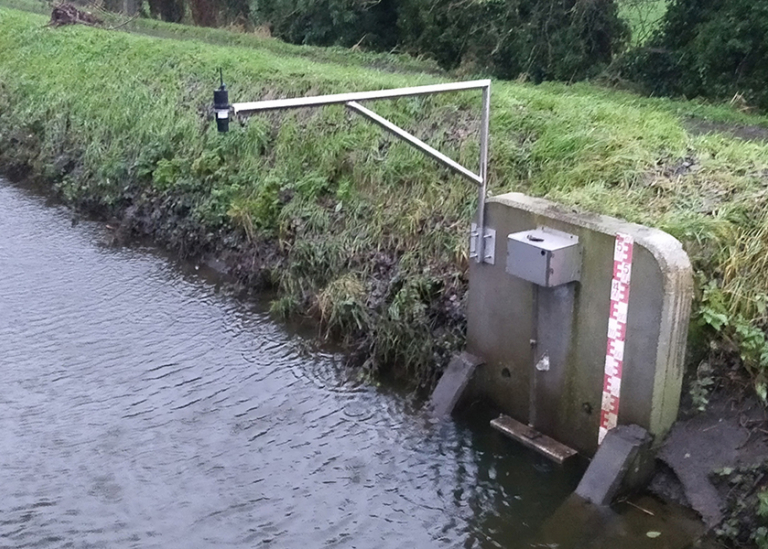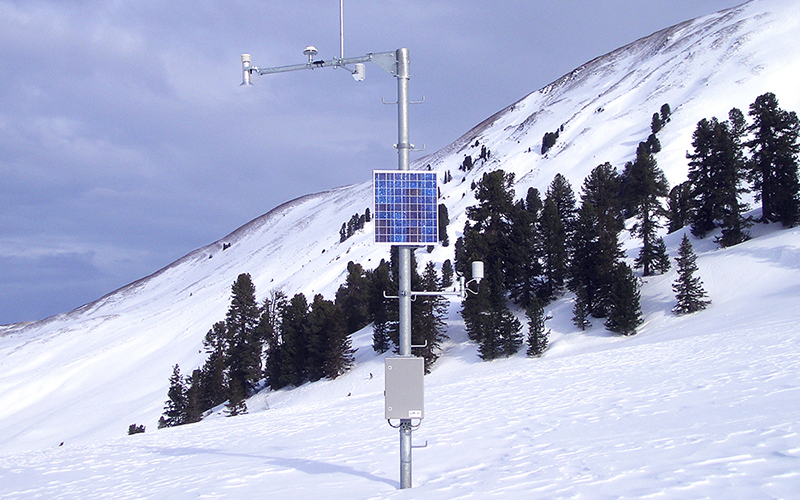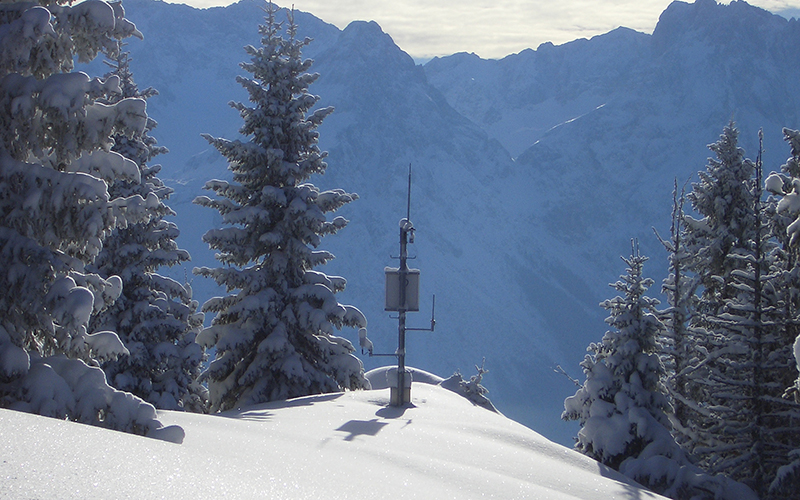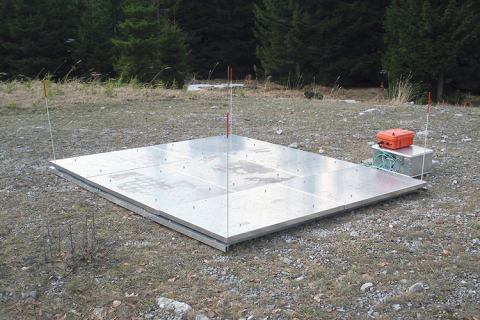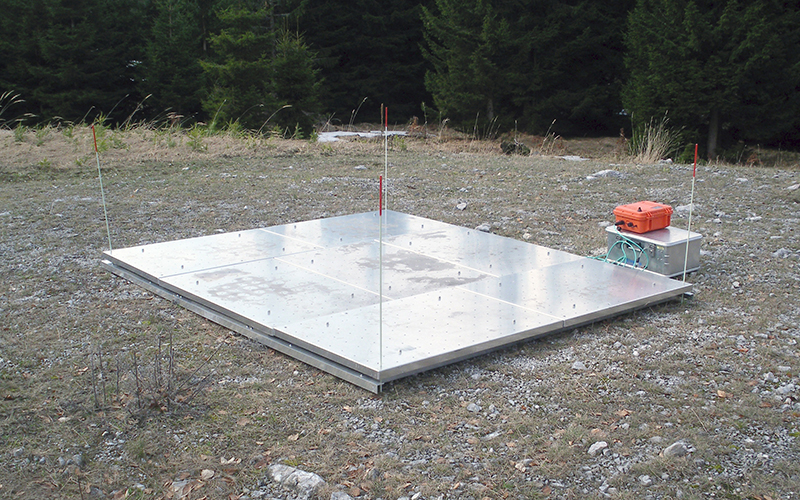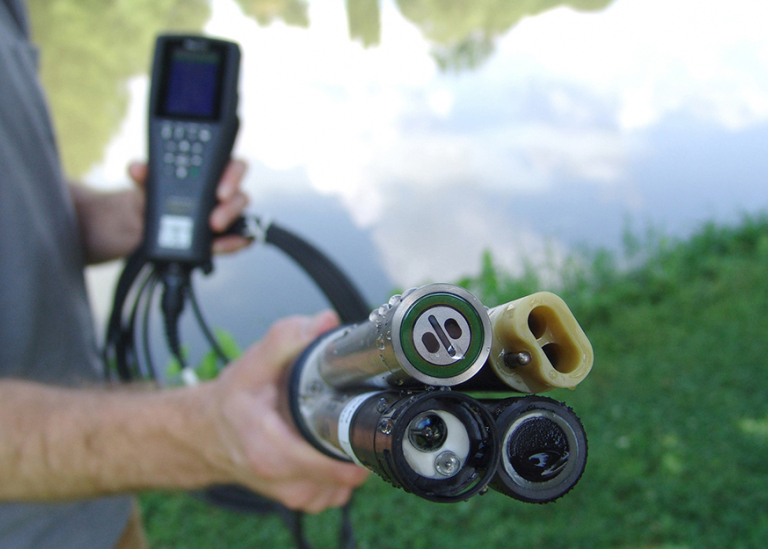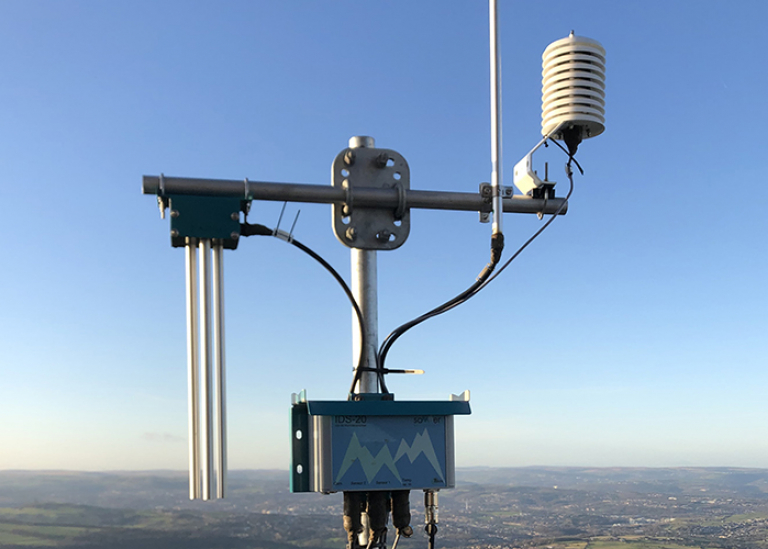
Meteo & Groundwater
Meteo
The weather is certain, and even if we cannot influence it, it is useful to know in advance what the weather will be. Just think of an unexpected rain shower when you step outside without a coat or umbrella, or that first day of snow and the sheer chaos it brings.
Groundwater
Although groundwater is still a widely used source of water, it is becoming scarcer. Proper monitoring in combination with changing weather conditions can prevent damage and shortages in the long term.
Possibilities
Pluviometry
The pluviometer or rain gauge is a device that measures the amount of precipitation, often in millimetres, over a certain period of time. It uses the tipping bucket principle to empty water from a certain height by tipping over.
This is recorded each time, allowing the amount of precipitation to be calculated. An (internal) data logger sends the data so that remote monitoring is not a problem. The devices are easy to maintain and can be installed quickly and easily on site. They can also send out alarms and are compatible with other systems, such as samplers.
Remote water-level gauging
Water-level measurements can be carried out either ultrasonically or with a relative pressure sensor, either in combination with temperature or not. The ultrasonic sensors are non-contact and therefore require less maintenance, while the pressure sensors can be placed in an observation tube without any problems.
Other general advantages are the compactness and autonomy of these mobile systems. They have easy logging and data retrieval. It is possible to link them with other systems such as a pluviometer and there is a variety of measuring ranges.
Snow measurement and analysis
You can perform a lot of measurements on snow and ice/sleet. The most important thing, of course, is to know which type gives you the information you want to know. If you study snow, we can help you measure the parameters below:
- Temperature profile: measuring the ground temperature and a measurement every 25cm up to a maximum height of 1m. This profile is often measured to analyse the consistency of the snow.
- Height: measuring in an ultrasonic and therefore non-contact manner.
- Snow water equivalent: is the volume of water released when the snow melts. It is measured in the context of flooding and water management.
- Complete snow analysis: continuous and automatic measurement of snow depth, density, snow water equivalent and liquid water and ice content.
Water quality monitoring
The quality of the water depends on various parameters, such as dissolved oxygen, turbidity, conductivity, pH, etc. Possible measuring principles are optical or with ion selective electrodes, both in a fixed setup and in the form of a portable device.
We are happy to advise you on which parameters and set-up work best for your application.
Monitoring of ice formation on wind turbines
Weather, especially ice and hail, has a major impact on the service life of wind turbine blades and the safety of the surrounding area. Think of flying icicles in a cold temperature.
Monitoring ice formation on the blades and then triggering an alarm enables the speed of the blades to be controlled and, if necessary, even stopped. By means of acoustic pressure on the sensor, the intensity and drop size distribution of the hail is determined and hail is distinguished from heavy rain.
Our expertise
All of the above measurements and sensors are certainly not limited to the example applications cited here. Together with you, we would like to find the perfect solution for your application.
More information?
